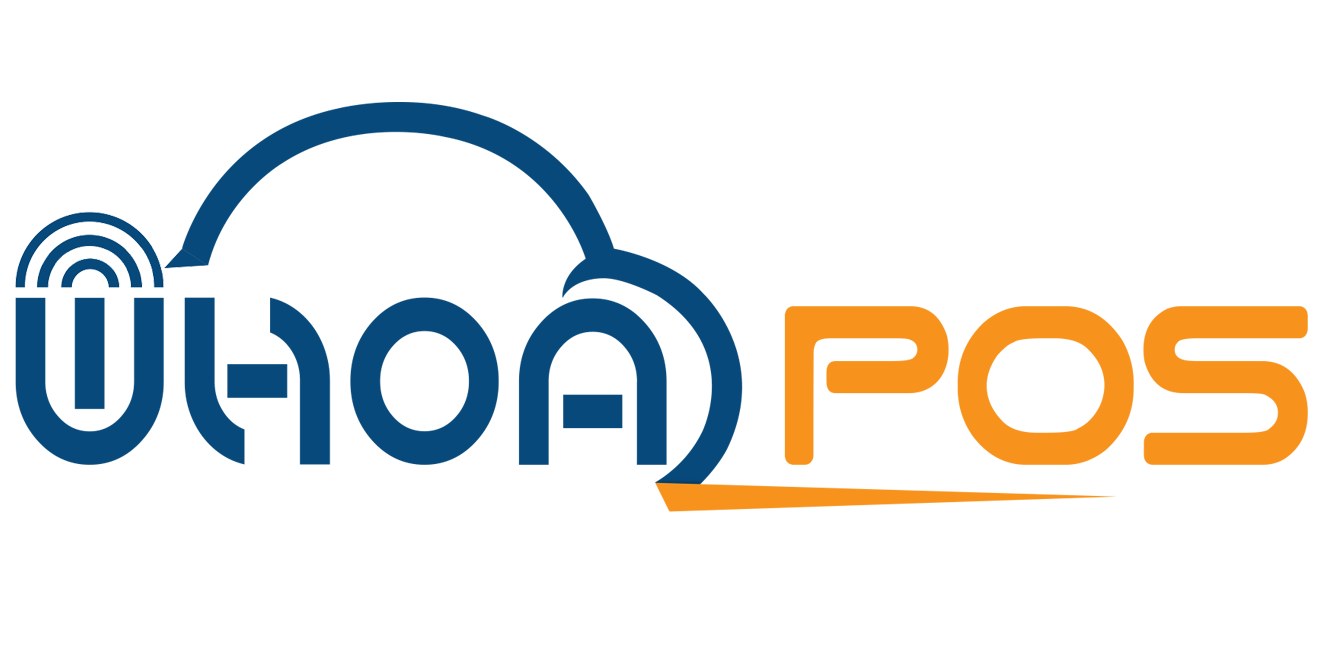Python Introduction to Web development using Flask
Jinja2 is a web template engine that combines a template with a certain data source to render dynamic web pages. In Easy Language, It combines a template (the layout of the page) with data (the specific information you want to show) to create a dynamic web page. You’ve successfully created a working Flask web application that you can use to bootstrap your future Flask projects. After importing Flask’s render_template(), you can use the function to return the home.html and about.html templates that you placed in the templates/pages/ folder. Just like in home.html, you do something nifty with the title block.

Instead of adding all these directly to a basic app.py file, you can create blueprints that you register in your application factory. Both the folder and the file do not yet exist, you will get an error if you were to run the application at this point. You’ll run it nonetheless so you’re familiar with this commonly encountered exception.
You only need to run the server once in one terminal window.
In the above code block, you first import the Flask object from the flask package. You then use it to create your Flask application instance, giving it the name app. You pass the special variable __name__, which holds the name of the current Python module. This name tells the instance where it’s located; you need this because Flask sets up some paths behind the scenes. In this step, you’ll add a few routes to your application to display different pages depending on the requested URL.
- Flask is considered a lightweight framework that provides abundant features, excluding external libraries and minimalist features.
- GL Academy provides only a part of the learning content of our pg programs and CareerBoost is an initiative by GL Academy to help college students find entry level jobs.
- The first thing that a beginner gets in his mind is what is Flask Python and what is it used for?
- Intermediate Python developers who want to learn how to use Flask as a Python based backend for a web application.
You add the page’s title inside the header block and wrap it within title. Jinja will understand this structure and render the page’s title in the header and title blocks. By providing default content inside the content block in line 13, you either display the No messages hint or show the content of the child template. With a template engine like Jinja, you can embed Python-like expressions into your templates to create dynamic web content. You can use loops, conditionals, and variables directly in your templates. Blueprints are modules that contain related views that you can conveniently import in __init__.py.
Welcome to Great Learning Academy!
Then, you’ll expand your project structure to prepare a scalable Flask web application. Warning Flask uses a simple web server to serve our application in a development environment, which also means that the Flask debugger is running to make catching errors easier. This development server should not be used in a production deployment.
It’s a microframework entrenched from Werkzeug and Jinja2 and is open source. You can learn more about Flask by enrolling in Great Learning’s Flask in Python free course. This module delivers guidance on installing Flask and an overview of its capabilities.
return render_template(‘index.html’, posts=posts)
You’ll create basic landing pages with Flask and Python, then show you how to connect templates to Flask do you can connect your Flask Application to HTML, CSS, and Bootstrap based templates. We’ll also cover how to use the Jinja template engine Flask Framework for Python Developers Lessons to directly connect your flask application to your front end files to customize your websites. Then we’ll learn how to create forms to accept user information, how to save that information to a SQL database, and relay it back to the user.
- The course is carefully designed, keeping in mind to cater to both beginners and professionals, and is delivered by subject experts.
- You’ll use this name to identify this particular blueprint in your Flask project.
- With this you can access the word passed through the URL and respond with a capitalized version of it using the capitalize() method in Python.
- It’s a popular choice for developers due to its lightweight and flexible design, making it easy to build small to medium-sized applications.
- Great Learning Academy provides this Flask Python course for free online.
However, if you want to work on bigger projects, this structure can be limiting because you’d need to add more and more code to app.py. Instead, you’ll adjust the structure a bit to create a more scalable Flask project. After you navigate to the project folder, it’s a good idea to create and activate a virtual environment.
Table of Content – Flask Tutorial
You only need to add styles.css in your base template to make it present in your child templates. With an application factory, your project’s structure becomes more organized. It encourages you to separate different parts of your application, like routes, configurations, and initializations, into different files later on. You import the Flask class, giving the application access to the Flask functionality. Next, you connect the URL route “/” to the home() function by decorating it with @app.route(“/”).
- Blueprints are modules that contain related views that you can conveniently import in __init__.py.
- You’re now ready to move on to setting up your base application.
- It is basically based on the WSGI toolkit and Jinja2 templating engine.
- It’s used to tell the instance where it’s located—you need this because Flask sets up some paths behind the scenes.
- You use the escape() function you imported earlier to render the word string as text.
- Commonly, the Jinja base template is named base.html, and it contains the main HTML structure of your web pages.

No Comments